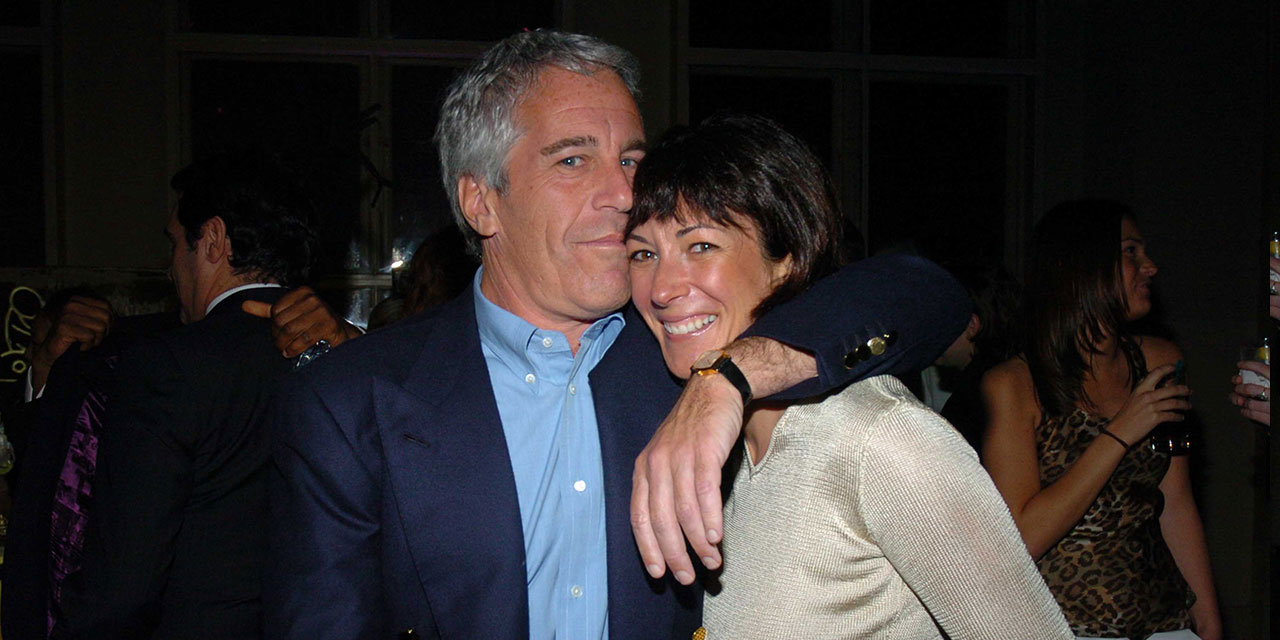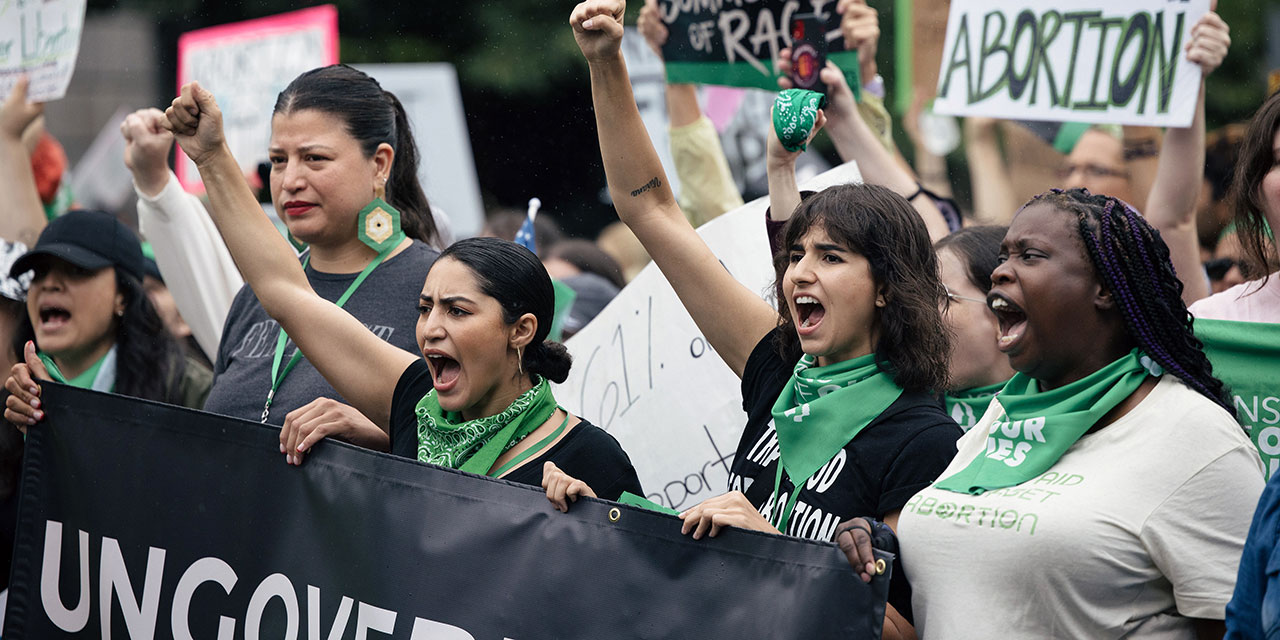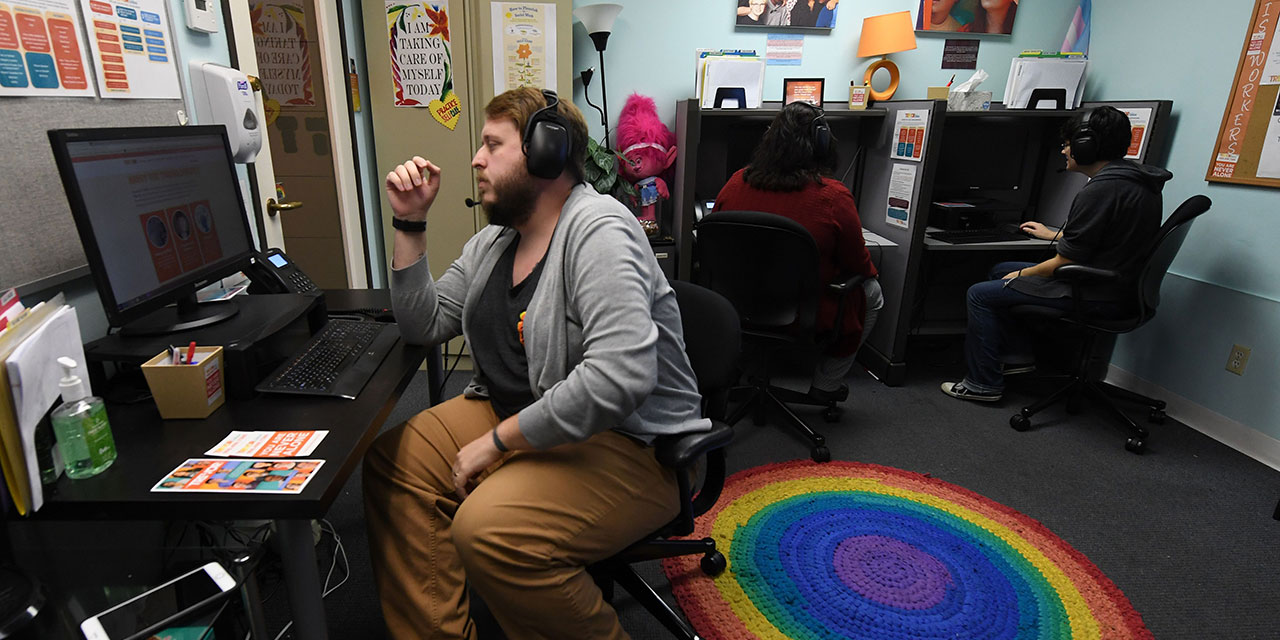Progressives at The New Statesman recently criticized the effective-altruism movement, claiming that it provides “ideological cover for racism and sexism.” That criticism, whatever its merits, misses the point. Effective altruism fails because it is a voluntary form of central planning, and thus suffers the same pitfalls as other central-planning schemes.
Popularized by failed financier Sam Bankman-Fried, effective altruism purports to direct charitable giving where it can do the most good, which in practice means those causes identified by self-proclaimed experts like philosophers Peter Singer and William MacAskill or intermediaries like GiveWell. Proponents claim to focus their resources on the most important, tractable social problems.
Finally, a reason to check your email.
Sign up for our free newsletter today.
While that sounds like an efficient approach, effective altruists have no more insight into the world’s complexities than does anyone else. Since they place all their charitable eggs in one basket, effective altruists’ failed guesses are especially costly. Resources that may have helped advance other, smaller causes are wasted on larger projects.
Thankfully, U.S. history provides a practical alternative to effective altruism: bottom-up experimentation. Americans, of their own volition, have formed nonprofit associations since the Revolutionary period, helping ameliorate social problems not easily solved by government or business. French thinker and traveler Alexis de Tocqueville famously described this in his 1835 tome, Democracy in America:
Americans of all ages, all conditions, all minds constantly unite. Not only do they have commercial and industrial associations in which all take part, but they also have a thousand other kinds: religious, moral, grave, futile, very general and very particular, immense and very small; Americans use associations to give fêtes, to found seminaries, to build inns, to raise churches, to distribute books, to send missionaries to the antipodes; in this manner they create hospitals, prisons, schools.
If anything, de Tocqueville understated the breadth of American efforts. By my count, Americans before the Civil War incorporated by special statute more than 25,000 for-profit and over 15,000 nonprofit voluntary associations and formed thousands more under general incorporation or trust laws. They created abolition societies and asylums, churches and orphanages, political parties and schools. They incorporated voluntary associations dedicated to improving adult education, agricultural productivity, foster care, health care, military defense, science, and the arts.
Many of these institutions were small and highly specialized, helping, for example, poor women suffering from the complications of pregnancy, while other institutions aided their recovery after birth. Others, like various abolition and temperance organizations, grew to include hundreds of thousands and even millions of members by encouraging the formation of chapters.
A few nonprofits relied on large foundational gifts, but most fulfilled their missions with annual gifts or membership dues. Others sold donated goods in fairs or charged admission to donated concerts, lectures, sermons, or other forms of live entertainment. One nonprofit, which provided safe marketplaces where widows could sell handicrafts, earned small commissions on sales.
These early American nonprofits raised funds by proving their efficacy. Their marketing materials implied that while they could employ more resources, they were in no way desperate for funds. That way, donors did not feel that their gifts would be wasted on extravagances or on an institution about to close its doors. Intense competition for available funds meant that donors were not easily swayed by mere rhetoric. They wanted real results—thus the concerts, orations, and prayer sessions given by blind, orphaned, or poor students at the nation’s many nonprofit educational institutions, the public asylum tours, and the sworn mendicant testimonials.
While some charities quickly exited the scene, most did precisely what their donors or members wanted. They did not “save the world,” a goal that they rightly saw as a fool’s errand, but they did improve the lives of millions of unfortunate Americans. When early American nonprofits strayed from their missions, benefactors donated less. That funding signal prompted organizations to reform, to languish until their treasuries ran dry, or to donate their remaining money to more vibrant, mission-aligned institutions. The early system was imperfect, but its bottom-up, trial-and-error approach could be scaled, when scale proved necessary, or made more focused and flexible when local solutions worked best.
Voluntary association, coupled with minimal government, constituted the epitome of democracy and individual liberty. Instead of voting for representatives who may or may not appropriate resources as they desired, Americans through voluntary association directed their pennies to address specific problems in specific ways by specific charitable leaders, replacing those leaders quickly as conditions changed.
Good riddance, then, to “effective altruism.” May its demise reinvigorate the much more successful bottom-up voluntary associations established by America’s Founders and Framers and rightly praised by de Tocqueville. Our republic will be better for it.
Photo by ANGELA WEISS/AFP via Getty Images




